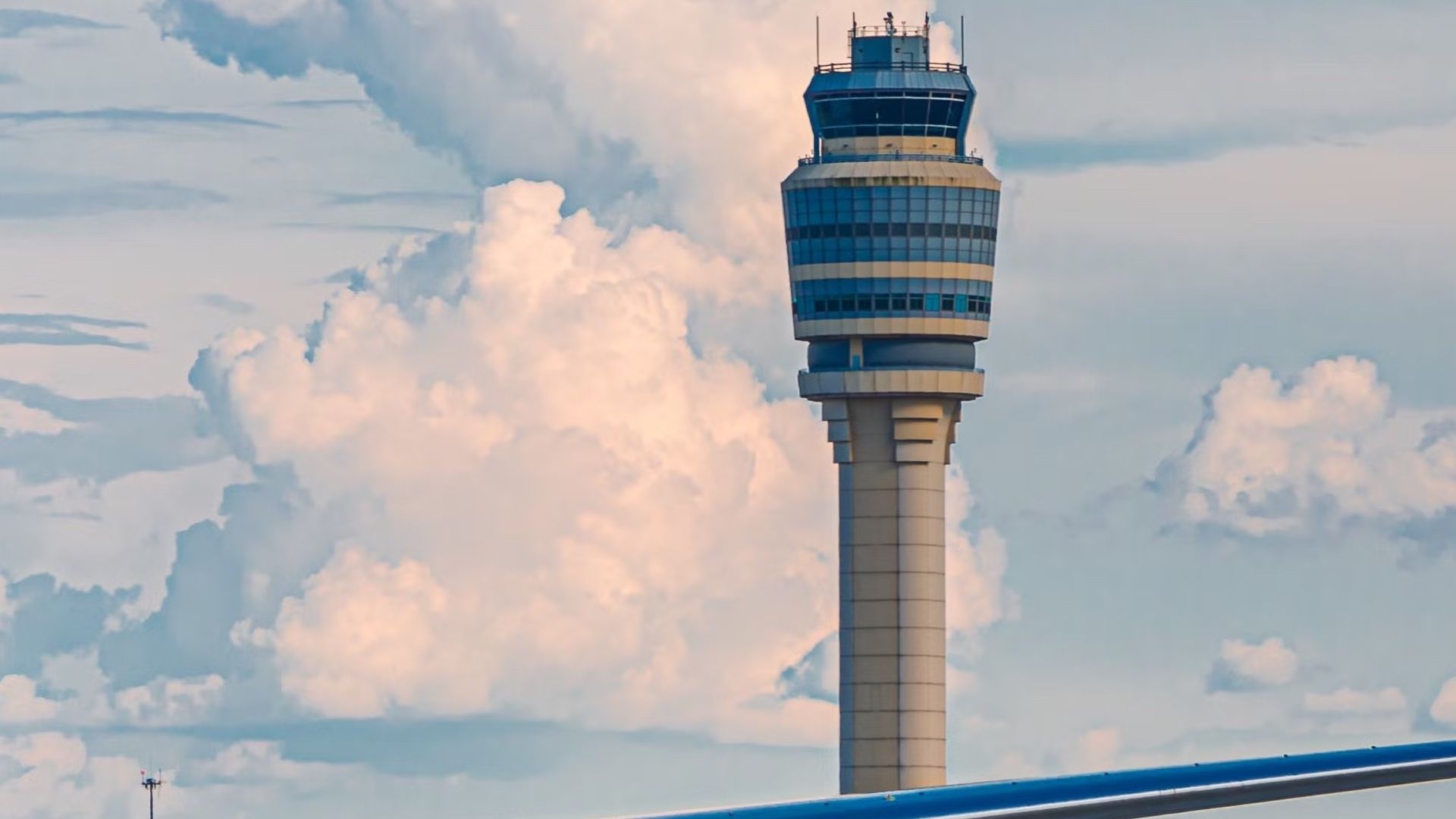Hartsfield-Jackson Atlanta International Airport (ATL) has retained its title as the busiest airport in the United States, continuing a trend that began in 1998. According to official data, ATL welcomed approximately 108.1 million passengers in 2024, solidifying its status as a critical hub for both domestic and international air travel. As the primary base for Delta Air Lines, the airport serves as a key connection point for travelers across the globe.
Located about 10 miles south of downtown Atlanta, Hartsfield-Jackson is named after former mayors William B. Hartsfield and Maynard Jackson. The airport has consistently led in passenger traffic and aircraft movements, establishing itself as a vital asset within Delta’s operational framework. Its expansive facilities include five parallel runways, with the longest equipped to accommodate the massive Airbus A380, ensuring efficient operations that support a high volume of flights.
Strategic Importance of Hartsfield-Jackson
Hartsfield-Jackson serves as a major gateway to Atlanta and the southeastern United States, facilitating connections to more than 200 global destinations. The airport’s extensive infrastructure allows Delta to operate more than 1,000 daily flights, reinforcing its dominance in passenger traffic. Delta’s market share at ATL is significant, accounting for approximately 73.7% of total passenger traffic, with its regional subsidiary, Endeavor Air, contributing an additional 4.3%.
The strategic location of the airport positions it as a crucial hub for transatlantic and Latin American routes, making it indispensable for Delta’s network. The airline’s loyalty program, SkyMiles, is also anchored at ATL, bolstering customer loyalty through flagship lounges and enhanced services.
The airport’s connectivity is further enhanced by the Metropolitan Atlanta Rapid Transit Authority (MARTA), providing rapid access to downtown Atlanta via its Red and Gold lines. This efficient ground transportation network simplifies transfers for passengers and supports the airport’s role as a major travel center.
A Historical Perspective
The airport’s history dates back to 1924, when it opened as an airfield on a former racetrack. Initially named Atlanta Municipal Airport in 1942, it underwent significant expansions, including a landmark $21 million terminal opened in 1961. The current complex, which features multiple concourses and has been developed over decades, was completed under the supervision of Mayor Maynard Jackson in 1980.
Since then, Hartsfield-Jackson has seen continuous growth, including the addition of a fifth runway in 2006. The airport is now recognized as the world’s largest single-airline hub, with Delta’s operations at its core.
As the aviation landscape evolved, Delta Air Lines emerged as the dominant carrier at the airport, following the collapse of Eastern Airlines in the 1970s. In recent years, low-cost carriers such as Frontier Airlines and Spirit Airlines have increased their presence, offering more options for budget-conscious travelers.
International airlines like Virgin Atlantic, Turkish Airlines, and Qatar Airways have also expanded their services, further enhancing the airport’s global reach. This competitive landscape ensures that Atlanta remains a vital hub for both domestic and international air traffic.
In summary, Hartsfield-Jackson Atlanta International Airport stands as a critical linchpin in Delta Air Lines’ extensive global network. Its strategic location, robust infrastructure, and rich history contribute to its status as the busiest airport in the United States. With ongoing developments and a focus on connectivity, ATL is poised to maintain its prominence in the aviation industry for years to come.





































































